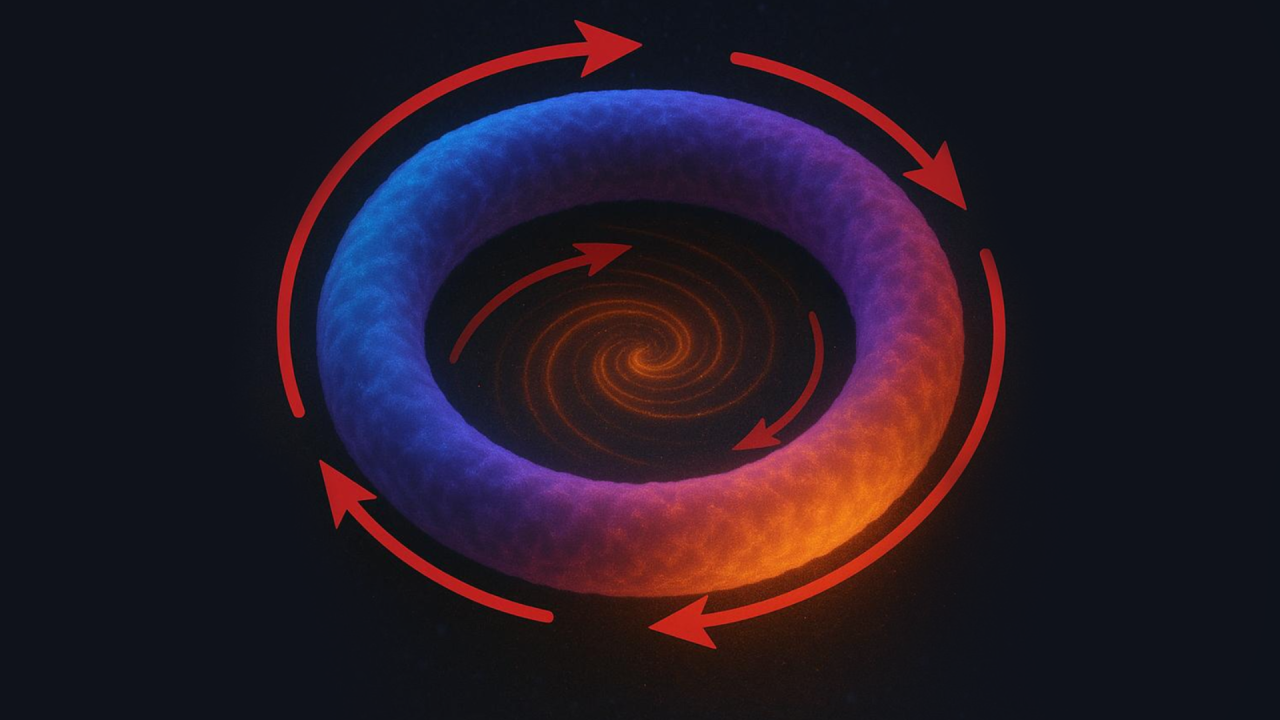The Technology Innovation Institute (TII) in collaboration with researchers at Dartmouth (USA), CNRS Grenoble (France) and University of Catania (Italy) has been leading a large-scale project bridging Quantum Science and the Next-Generation Quantum Technology based on flows of ultracold atomic matter in closed circuits. The outcome has been summarized in Physics Reports, a top-ranked, invitation-only physics journal.
Spanning three key areas of quantum technology, its contents open up new ways to explore fundamental ideas in quantum physics for defining pillars of quantum technology: simulating quantum systems, building advanced sensors, and developing quantum computers.
Simulating Quantum Systems
Circuits of ultracold atomic matter are quantum fluids that, due to the remarkable progress in the field, can be controlled with high precision and flexibility.
These atom-based circuits are powerful “quantum simulators”. They can mimic how complex quantum networks and tiny electronic devices – like those found in solid-state electronics – work, helping us to access features that are otherwise too difficult to be observed directly. In particular, such systems are of great value for simulating superconducting circuits that use electronic persistent currents, which, among other applications, that are the core of superconducting qubits quantum computing.
Building Advanced Sensors
The report explores the fundamental ideas behind fabricating ultra-precise quantum sensors. These sensors take advantage of the extreme sensitivity of atomic “matter-waves” for tasks like navigating without GPS, detecting electromagnetic fields, and finding gravitational waves. Ultracold atoms already power some of today’s best sensors. Nonetheless, the report makes the case to go further: by using quantum correlations – such as the so-called entanglement – we can enhance and improve the sensitivity of these sensors. This helps to overcome common problems like imperfections in guiding the atoms, local disturbances, and unpredictable changes in the atomic “matter-wave” itself.
This way, TII hopes that this report could lead to new technological devices, such as compact, more accurate inertial and minute-rotation sensors that can be employed in harsh conditions, or in protected labs as seismographs, for mineral exploration or monitoring earthquakes more accurately.
Developing Quantum Computers
The final part of the report covers the “quantum bits” or qubits that are the core units of quantum computers. In particular, "flux qubits" rely on dissipationless currents (the persistent currents) in superconducting circuits. These flux qubits are not only used directly in quantum processors by major tech companies like IBM, Google, and Amazon, but they are vital for controlling almost all other types of superconducting qubits.
The paper examines the atomic analogues of important superconducting components, such as SQUIDs (very sensitive magnetic detectors), "Rapid Single-Flux-Quantum Logic" (extremely fast control electronics for superconducting qubits), and Fluxoniums (another type of superconducting qubit).
Additionally, using ultracold atom currents to build qubits offers a completely new way to design qubits and create quantum operations. This could complement today's most common quantum computers by providing extremely long coherence times, allowing qubits to retain information for extended periods with reduced noise compared to most solid-state approaches. It also enables the exploration of new ways to perform quantum operations, including hybrid systems that combine atomic gases with solid-state components for quantum computing.
Click here to read the full paper - https://www.sciencedirect.com/science/article/pii/S0370157325001796


